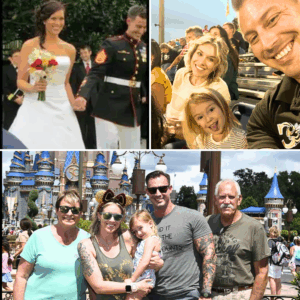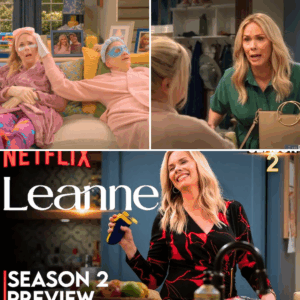Actor Frank Grillo has jumped from the MCU to the DCU, and his comments about the former illuminate a narrative issue with the Marvel Studios movies.
The Marvel Cinematic Universe has ruled the superhero movie genre for over a decade, but it might finally get some worthy competition. James Gunn’s rebooted DC Universe films are starting fresh for the cinematic adaptations of DC Comics characters. One of the planned projects even features an MCU talent, and some of his feelings concerning the Marvel Cinematic Universe speak to the shared universe’s biggest storytelling issues.
Frank Grillo is lending his voice to the animated series Creature Commandos, but he previously played Brock Rumlow/Crossbones in the second and third Captain America movies. Though the villain was fairly prominent in the actual Captain America comic books, he was merely a minor character in the MCU. Sadly, this is a recurring issue with Marvel Studios, as individual properties become mere fodder for crossovers.
Why Frank Grillo Disliked How Marvel Handled Crossbones
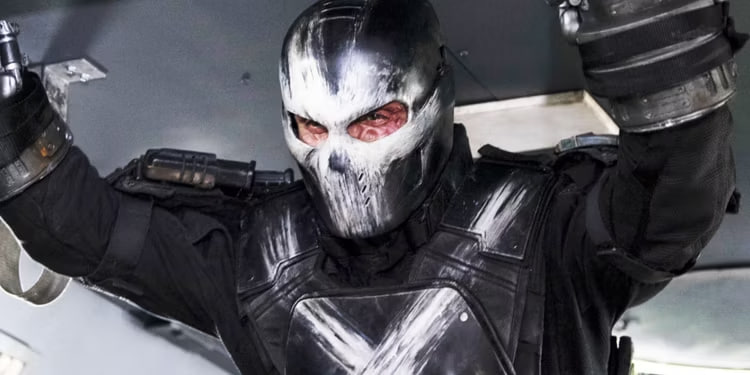
Before voicing the character Rick Flag, Sr. in the upcoming Creature Commandos, actor Frank Grillo was in the Marvel Cinematic Universe as the Captain America foe Crossbones. He was merely an agent of S.H.I.E.L.D. named Brock Rumlow in Captain America: The Winter Soldier, with Rumlow becoming Crossbones at the beginning of Captain America: Civil War. Unfortunately, this didn’t ultimately amount to much, with he and fellow Captain America enemy Batroc being borderline cameos in their respective movies. Instead, the third Captain America was more of a mini-Avengers movie than one which developed the individual Captain America mythos further.
Frank Grillo has recently commented on this while hyping up Creature Commandos. The actor stated that “I was just with the Russo Brothers, Kevin Feige and Lou D’Esposito and it’s kind of like, “‘I miss those guys, but you blew it.’ Now we’re going over here [at DC].” Likewise, he suggested that his character Rick Flag, Sr. will have a fairly prominent role throughout the DC Universe, which is much more than can be said for Crossbones.
Though Crossbones was far from the most mainstream Marvel villain, he was a Captain America-specific enemy who also had the role of briefly killing the Sentinel of Liberty in the comics. Furthermore, he debuted in the classic Mark Gruenwald Captain America comic book run, which is second only to the Ed Brubaker run (which itself informed Captain America: The Winter Soldier) in terms of renown and popularity. Furthermore, this isn’t an isolated incident within the MCU, which hasn’t done its best to properly develop both villains and individual franchises.
Why The MCU Hasn’t Successfully Built Its Franchise Villains
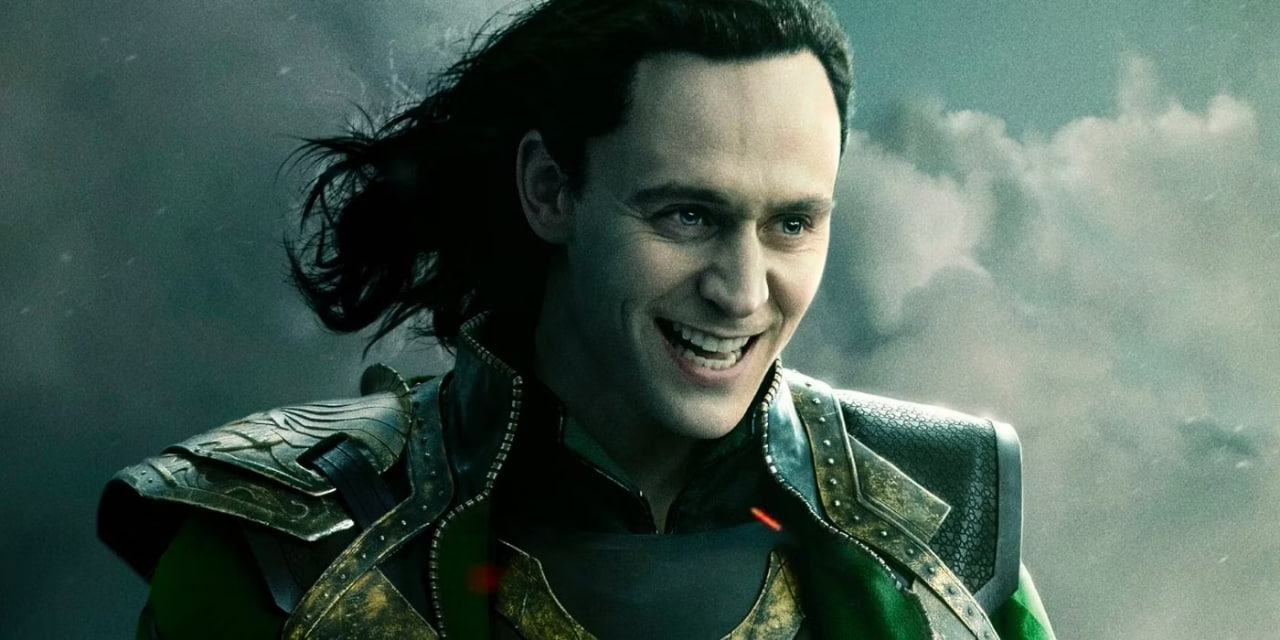
One common criticism of the Marvel Cinematic Universe is that, with the exception of Loki, Erik Killmonger, Thanos and a scant few others, none of the villains have had much staying power. Part of this is because many of these foes are killed off in the movie which they debut in, but even then, they largely fail to make a lasting impression to make fans want to see more of them. This is particularly noticeable with even the biggest MCU properties. While Iron Man was the face of the Marvel Cinematic Universe until his death in Avengers: Endgame, it’s highly questionable whether the average Joe might be able to name the villains that he fought in his own movies. The same goes for Thor movies that didn’t feature Loki as the main villain, which is all but one of them.
Compare this to Batman, Spider-Man and even Superman and the X-Men. In the case of the former, narrative/mythological elements such as supporting cast members, love interests and villains are known even by the general public. Those who aren’t hardcore comic book fans or would still likely be able to rattle off names such as The Joker, The Riddler, Catwoman, Robin, Mary Jane Watson, J. Jonah Jameson, Uncle Ben, Aunt May, Green Goblin, The Lizard, Doctor Octopus and other characters. The same is even true of Lois Lane, the Daily Planet, Lex Luthor, kryptonite, Magneto, Phoenix and the concept of mutants. That’s because those characters have received several movies, TV shows, cartoons, video games and other adaptations beyond the comic books.
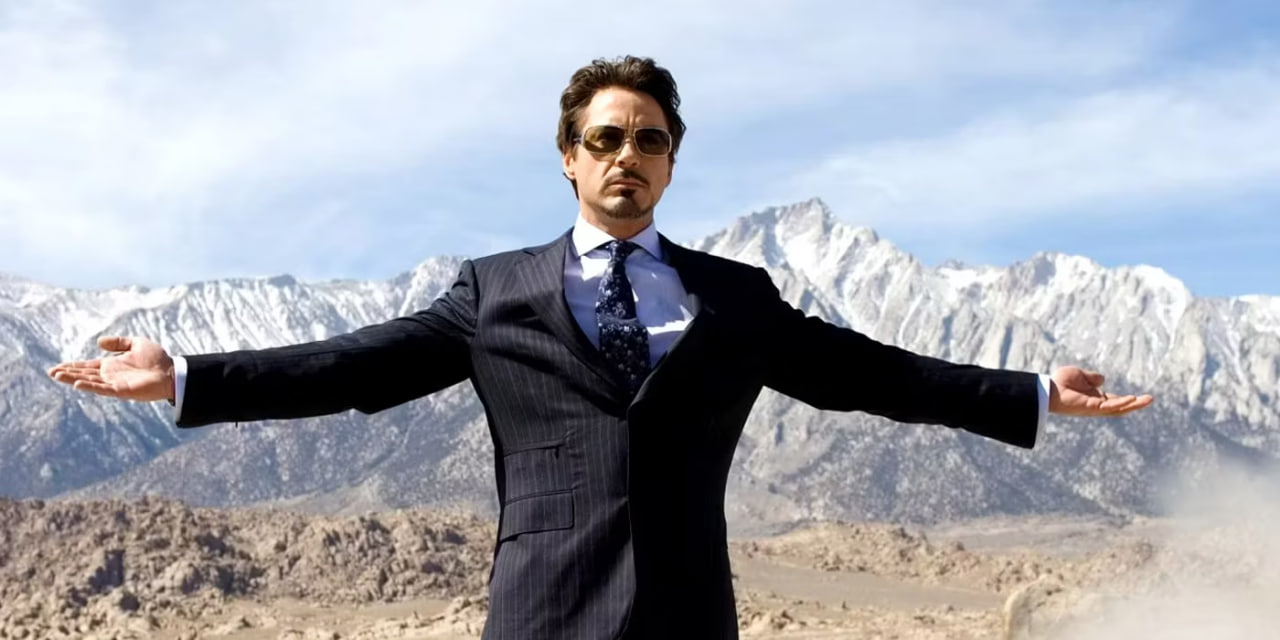
Even amid the harder push for these properties, the success of the MCU put the Marvel Studios characters and franchises on an unrivaled scale of renown and popularity. Thus, it can be seen as a failure that the Marvel Cinematic Universe was not able to independently make certain characters popular beyond just the movies. For instance, Iron Man comic books are still not nearly as popular or lucrative as titles featuring Spider-Man or the X-Men. This is due the Iron Man played by Robert Downey Jr. in the movies being the “iconic” version, and not necessarily Iron Man himself. That’s especially true for the supporting casts and rogues galleries of the individual MCU heroes, which reflects another criticism of the shared universe.
While the idea of the Marvel Cinematic Universe movies being “theme park rides” might be a bit harsh, it can definitely be argued that, following Phase 1, many of the individual movies and properties took a backseat. It created a sentiment among some that the individual movies were merely “side dishes” that built up to the next Avengers crossover film. Said feeling has certainly become stronger in the post-Endgame Marvel Cinematic Universe, with interest in the shared universe definitely falling to an all-time low outside of Spider-Man and the potential introduction of the X-Men. Given that the non-crossover movies were seemingly made to merely build up to something beyond the singular property, it’s easy to see how the villains and supporting casts of each Avenger might fall by the wayside.
A good comparison might be the Sam Raimi Spider-Man movies, which were in their own universe and didn’t feature any other superheroes. There, Spidey, his world and supporting characters all felt alive and weren’t merely window dressing for something bigger. Sadly, that’s not the sentiment derived from many MCU films and even certain movies in the now-ended DC Extended Universe, which all focused more on overt or even forced connective narrative tissue as opposed to simply showcasing why an individual hero is such a cool character. As pointed out by Frank Grillo, this has seen central characters such as Crossbones or even Hulk’s old sidekick Rick Jones suffer from this model of filmmaking.
How Captain America 4 May Continue Marvel’s Villain Troubles
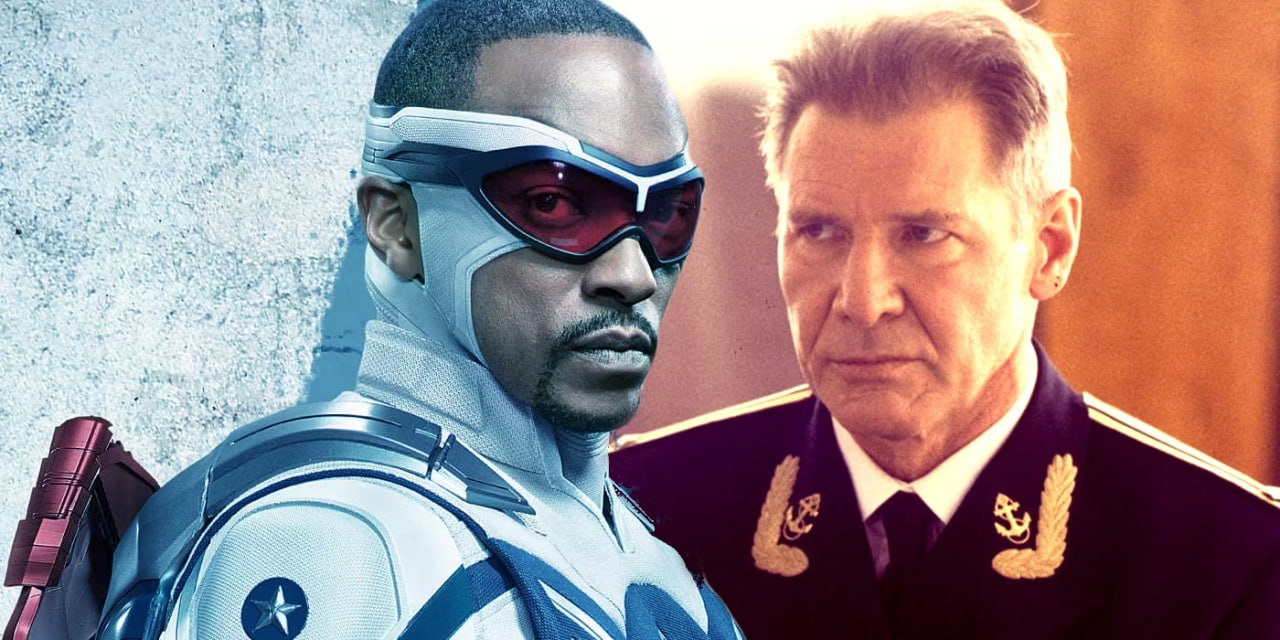
Unfortunately, it appears that this problem may persist for the foreseeable future of the Marvel Cinematic Universe. In fact, one upcoming movie may take this concept to an even greater extreme. Captain America: Brave New World has gone through several changes and names, with the movie essentially being filmed again through extensive reshoots. The villains are The Leader and Red Hulk, who are both Hulk villains. Marvel has been unable to make a solo Hulk film due to issues concerning the character’s film rights, but the solution might not be to simply give his supporting cast and rogues to another hero. This causes the issue of making Hulk villains into Captain America villains, especially since Hulk himself won’t be in the movie.
Likewise, some rumors suggest that the fourth Captain America movie is much like the third in that it’s almost an mini-Avengers movie. If that’s the case, the movie may struggle to cement Anthony Mackie’s Sam Wilson as the new Captain America, as it will instead be focused on numerous other concepts and characters that have nothing to do with Captain America. This might be bad for the overall longevity of Sam in the role, especially if he’s to make his mark and the Captain America title be as beloved as characters such as Batman, Superman and Spider-Man. Of course, with such a sprawling shared universe, it’s inevitable that some properties will get more love than others. At the same time, there should be a balance to where each part of a shared universe feels like a fleshed out world unto itself.
